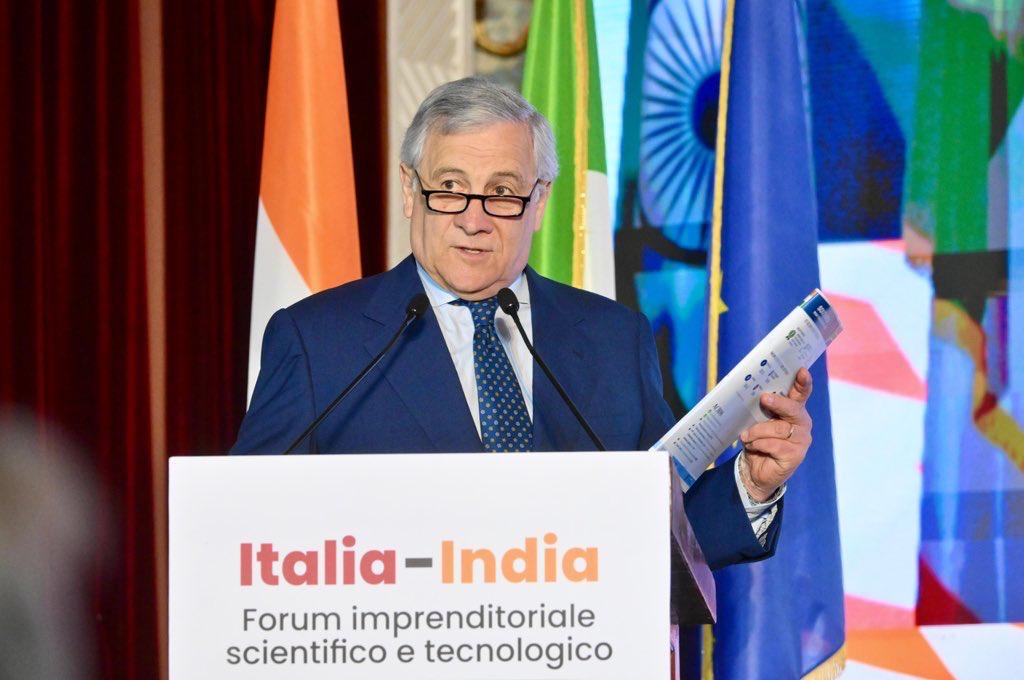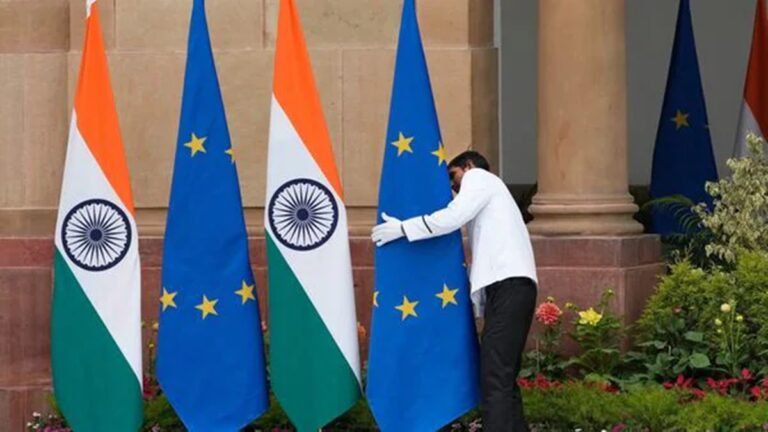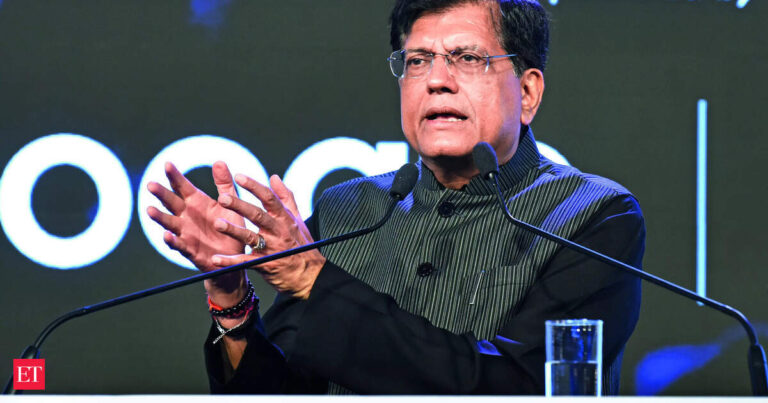
Italy updates its role in EU-India relations, using a high-level visit to New Delhi to support both the IMEC “cotton route” and the long-awaited free trade agreement between Brussels and New Delhi. Rome aims to position itself as a strategic connector – economically, digital and politically – in a changing world landscape
Decode the news. Italian Minister for Foreign Affairs Antonio Tajani is in New Delhi this week for a high-level sales forum in Italy-Indies and bilateral talks to deepen trade and strategic links.
- At the center of the visit is Rome’s effort to position itself as a key European partner for India within the EU and along the East-Europe Economic corridor of India (IMEC), which Tajani has nicknamed the “Cotton Route”.
What he says. “India and Italy are closer than ever,” said Tajani, calling IMEC “strategic possibility of growth and commerce”.
- He announced the appointment of the Ambassador Francesco Talò as an Italian specialty for the cotton road, stressing Rome’s intention to play a central role in the corridor.
- Italy offers the port of Trieste as a logistics center and promotes digital infrastructure, such as the Raman blue submarine cable connecting Mumbai and Genoa, avoiding going through Egypt.
The EU counts. Tajani also underlined the importance of the EU-Indre free trade agreement (ALE), saying: “We hope that the ALE will be signed soon. Trade between Italy and India exceeds 14 billion euros, but I want to do more. We have on the advantages that this agreement will bring to our businesses. ”
- He added that more than 800 Italian companies already operate in India and expressed Italy’s intention to support them and attract new innovative Indian companies to invest in Italy.
Does a momentum arrive? Tajani’s visit coincides with a crucial thrust of India and the European Union to conclude a long-standing ALE by the end of 2025 (hopefully) or at least in 2026.
- Brussels considers the agreement as strategic coverage against global economic fragmentation and the rise in protectionism – and Italy wants to be at the heart.
By figures. During a February visit to India, the president of the European Commission Ursula von der Leyen described the FTA as “the greatest understanding of this kind all over the world”.
- The EU is the largest trading partner in India, with 124 billion euros in products from products and nearly 60 billion euros in service in 2023 – a third of which were digital.
- India, in turn, is the EU’s 9th trading partner and a key geopolitical player in Indo-Pacific.
Between the lines. The FTA remains politically and technically difficult.
- The EU wants the lower Indian prices on cars, alcohol and medical equipment.
- India wants better access for its pharmaceutical products, textiles and qualified workers.
- Disputes concerning EU environmental rules and agricultural subsidies are not resolved.
The simulating paradigm. Italy SIMEST shapes a concrete model of economic cooperation with India.
- With the opening of its first office in New Delhi, a new export and internationalization program in preparation, and a protocol of trilateral children with CDP and Invest India, SIMETS offers a pragmatic framework to support Italian companies and deepen bilateral links – aligned with wider EU -India connectivity objectives.
Taken from the expert. Retirement ambassador Anil Trigunayat, a diplomat who has occupied key roles through economic divisions, in Western Asia, Asia-West and North Africa, supervised Tajani’s visit as part of a wider diplomatic moment aimed at consolidating the strategic partnership between Rome and New Delhi in a period of world flow.
- As he said with Decoded39“The world goes through an unprecedented unsubscription where India and Italy intend to play a constructive role for mutual benefits and in the greatest world interest.”
- According to TRIGUNAYAT, the progress of strategic, economic and connectivity initiatives – including IMEC – will be high on the agenda.
What we look at. Tajani said that a political meeting of all the countries of the IMEC is scheduled for the second half of 2025.
- This could offer Italy a diplomatic platform to amplify its role in EU-India connectivity and trade.
- Italy considers the EU-India FTA not only as a commercial agreement but as a geopolitical tool, and it is now evolving to secure its place at the center of the partnership.



